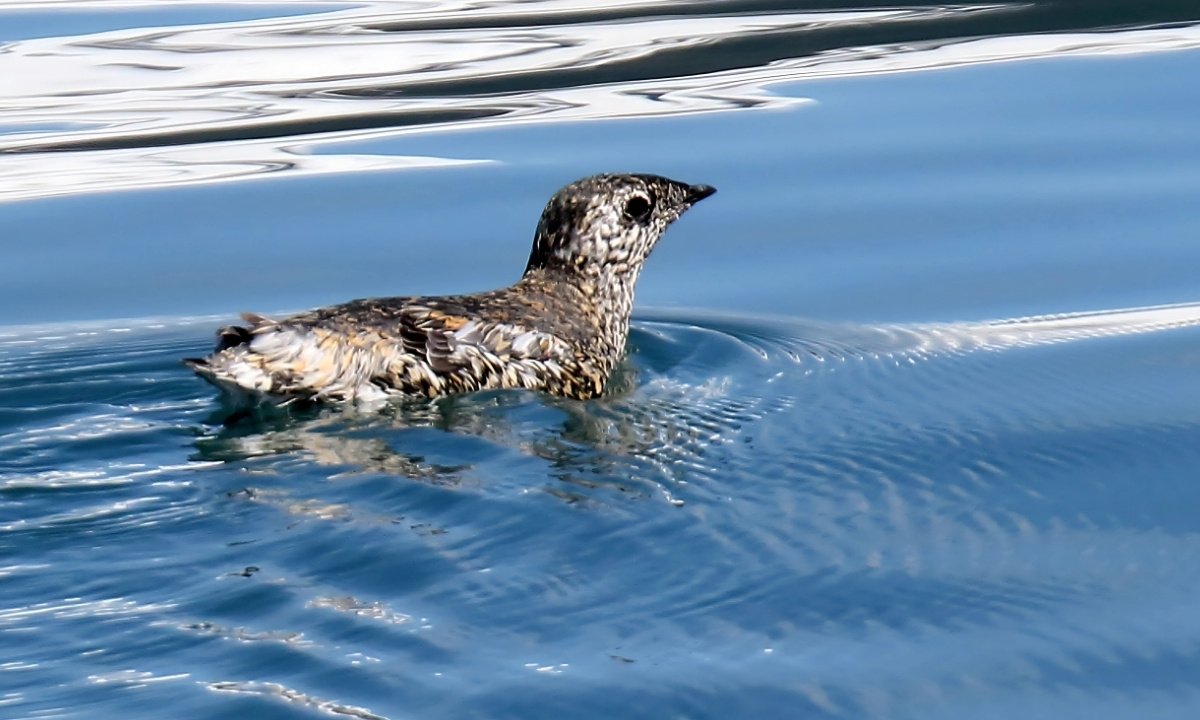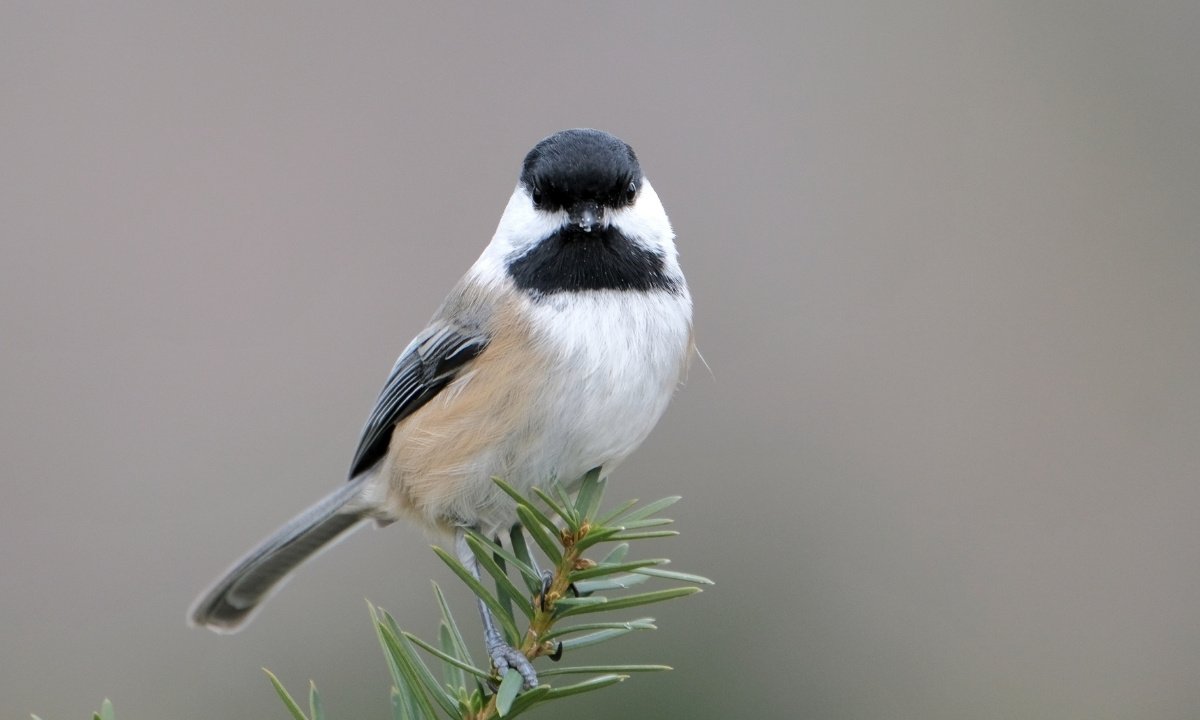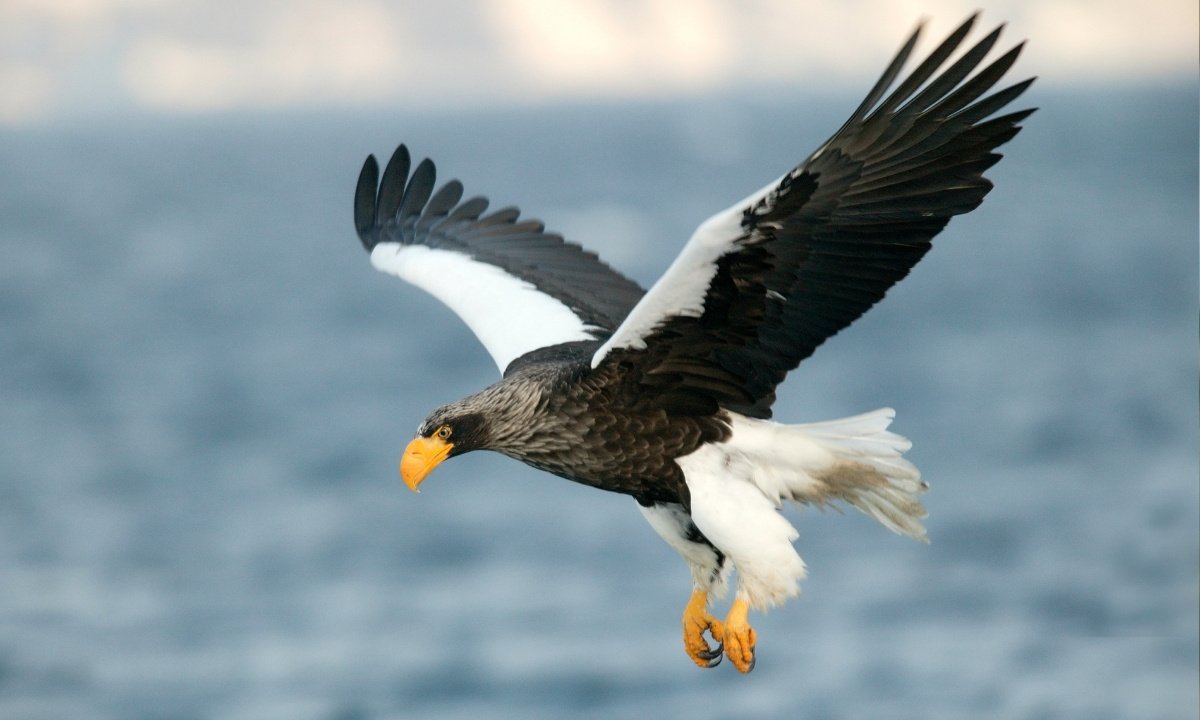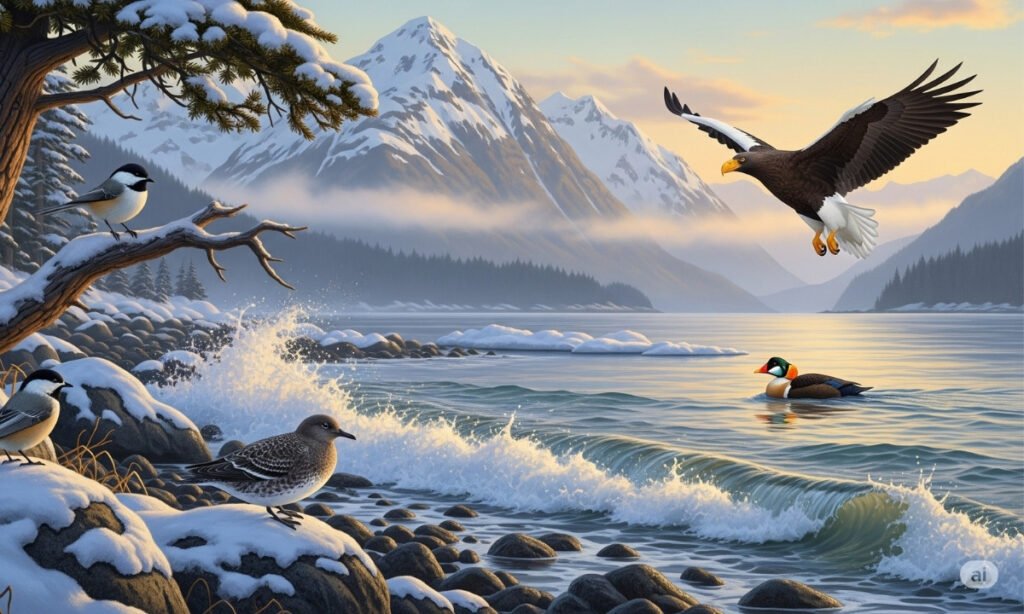Beyond Eagles: Discovering Alaska’s Less Common and Fascinating Birds
Amidst the global attention on the high-stakes meeting between President Donald Trump and Russian President Vladimir Putin in Anchorage, Alaska is a good time to appreciate the state’s rich history and natural wonders. While leaders discuss geopolitical issues, Alaska’s unique and often overlooked wildlife continues to thrive. This article will explore the state’s lesser-known avian residents, from elusive seabirds to hardy songbirds.
A Glimpse into Alaska’s Avian World
Alaska’s vast and diverse landscapes, from boreal forests to arctic coastlines, create a perfect habitat for a wide range of bird species. While many species are well-documented, some remain a mystery even to seasoned birdwatchers. The lesser-known birds of Alaska often have fascinating life cycles and behaviors that are worth exploring.

The Kittlitz’s Murrelet: A Glacial Survivor
This small, stocky seabird is one of North America’s rarest and most elusive. The Kittlitz’s Murrelet nests in mountainous areas near glaciers, a behavior that distinguishes it from most other seabirds. Its population is closely linked to glacial health, making it a critical indicator of climate change.
Habitat: Nests on gravelly slopes and rocky areas in previously glaciated regions.
Appearance: Small, with a short, pointed bill and a mottled brown and white plumage during the breeding season.
Conservation Status: Listed as a species of concern due to its small population and dependency on a rapidly changing glacial environment.

Gray-headed Chickadee: The Northern Songbird
Often mistaken for other chickadee species, the Gray-headed Chickadee is a rare songbird found primarily in the northern parts of Alaska. It inhabits the boreal forests north of the tree line and is known for its remarkable ability to survive frigid winters. Little is known about its specific breeding habits, adding to its mystique.
Appearance: A small, plump bird with a distinctive gray head, a small black bib, and a duller plumage than other chickadees.
Diet: Feeds on insects, spiders, and seeds, often caching food for later use.
Range: Found almost exclusively in Alaska and northwestern Canada, making it a nearly endemic species.

King Eider: Ruler of the Arctic Seas
The King Eider is a rare and striking waterfowl species that inhabits the Arctic. Unlike many migratory birds, the King Eider does not travel far south for the winter, instead choosing to brave the cold open waters of the Bering Sea and Aleutian Islands. The male’s vibrant plumage and unique forehead shield make it a standout among sea ducks.
Appearance: Males are easily identifiable by their black bodies, white chest, and a large, colorful orange-and-black bill shield.
Nesting: Nests in tundra habitats near coastal areas, often in small colonies.
Migration: Undertakes one of the longest bird migrations in North America, with flocks numbering in the hundreds of thousands.

Steller’s Sea Eagle: A Rare and Majestic Visitor
While not a resident breeder, the Steller’s Sea Eagle is a vagrant species that occasionally visits Alaska, making sightings a special event. This massive eagle, one of the largest raptors in the world, is native to eastern Asia but has been spotted along Alaska’s coasts, particularly in the Aleutian Islands. A sighting is a rare treat for any bird enthusiast.
Size: Can weigh up to 20 pounds with a wingspan of over 8 feet.
Diet: Primarily feeds on fish, especially salmon.
Habitat: Native to coastal regions of Russia and Japan but has been spotted as far east as Alaska.
The Importance of Conservation
Understanding and protecting these unique birds is crucial. Many, like the Kittlitz’s Murrelet, are directly impacted by environmental changes. Observing and documenting these species helps scientists better understand their needs and contributes to broader conservation efforts. Organizations like the National Audubon Society and the Alaska Department of Fish and Game are actively involved in monitoring these populations.
Are you looking for the best gift for a bird lover? Or for yourself? Please check our store section where you can find beautiful t-shirts, mugs, canvas, and more!
Why Alaska is a Birder’s Paradise
Alaska is a haven for birdwatchers, offering a chance to see species that are found nowhere else in North America. The state’s protected wilderness areas and diverse ecosystems provide a unique opportunity to witness these birds in their natural habitats. From the bustling seabird colonies to the quiet boreal forests, Alaska truly is a paradise for those who appreciate avian life.
Frequently Asked Questions
Q: Where can I see the Gray-headed Chickadee in Alaska?
A: The Gray-headed Chickadee is most often found in the boreal forests of northern Alaska, particularly in the Brooks Range and the Kobuk River area. Spotting one requires patience, as they are elusive and often live in remote, less-traveled regions.
Q: Are Steller’s Sea Eagles native to Alaska?
A: No, the Steller’s Sea Eagle is not native to Alaska. It is a vagrant species, meaning it is not a regular resident but has been sighted occasionally. Its primary breeding grounds are in Russia and Japan.
Q: What makes the Kittlitz’s Murrelet so rare?
A: The Kittlitz’s Murrelet is considered rare due to its small population size and its specialized nesting habits. It is one of the few seabirds that nests far inland on glacial moraines, and its population is sensitive to glacial retreat caused by climate change.
Q: What is the significance of the King Eider’s migration?
A: The King Eider’s migration is significant for its scale and destination. It undertakes one of the longest migrations of any duck, and its non-stop flight to arctic nesting grounds is a remarkable feat of endurance. The sheer number of birds that migrate together makes it an important ecological event.
Summary Table: Lesser-Known Alaskan Birds
| Bird Species | Key Characteristics | Habitat & Location | Notable Fact |
| Kittlitz’s Murrelet | Small, elusive seabird; mottled brown and white plumage. | Nests in mountainous areas near glaciers; forages in turbid glacial waters. | Its population is an indicator of glacial health and climate change. |
| Gray-headed Chickadee | Small songbird with a gray head and small black bib. | Boreal forests, primarily north of the tree line. | A nearly endemic species to Alaska, known for surviving frigid winters. |
| King Eider | Large waterfowl with vibrant plumage (male). | Breeds in Arctic tundra; winters in cold open waters like the Bering Sea. | Undertakes one of the longest bird migrations in North America. |
| Steller’s Sea Eagle | One of the world’s heaviest eagles, with an 8-foot wingspan. | Vagrant species, rarely sighted along Alaska’s coasts and Aleutian Islands. | Native to eastern Asia; a sighting in Alaska is a rare and exciting event. |
Relevant Links
Kittlitz’s Murrelet Nesting and Conservation Status:
Gray-headed Chickadee Diet and Range:
King Eider Migration and Nesting:
Steller’s Sea Eagle Size, Diet, and Habitat:
WildBloo




